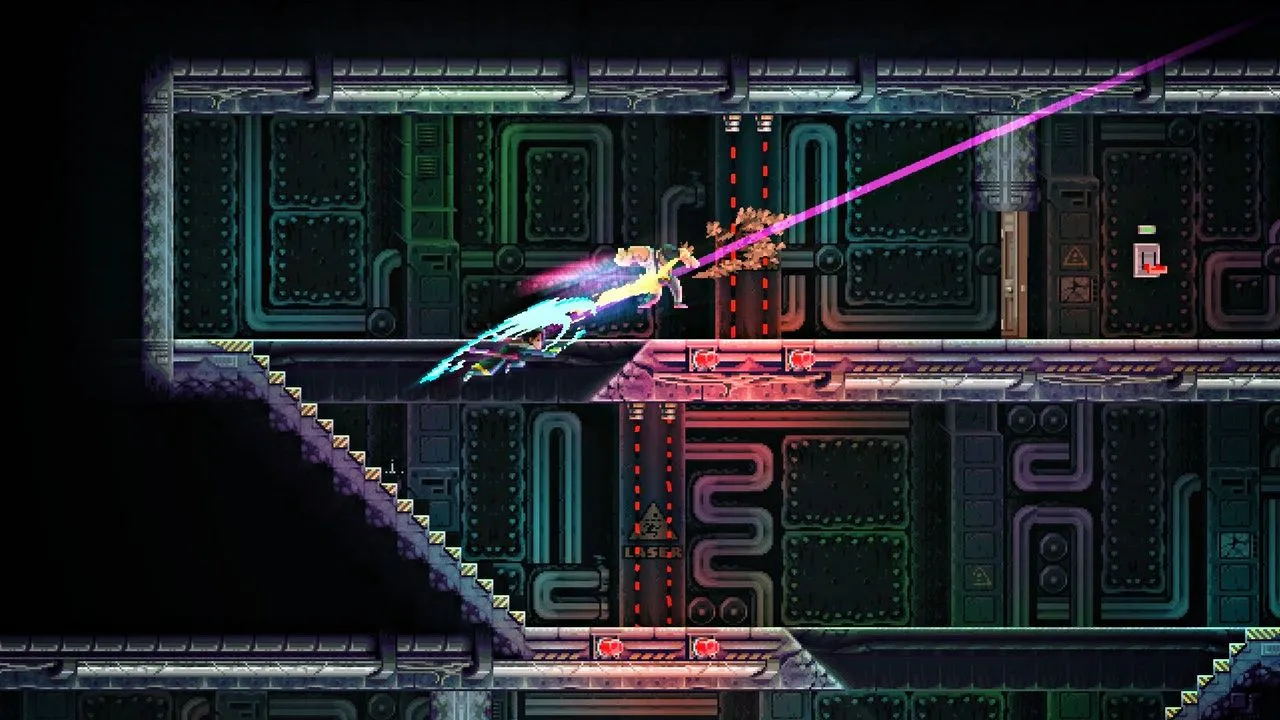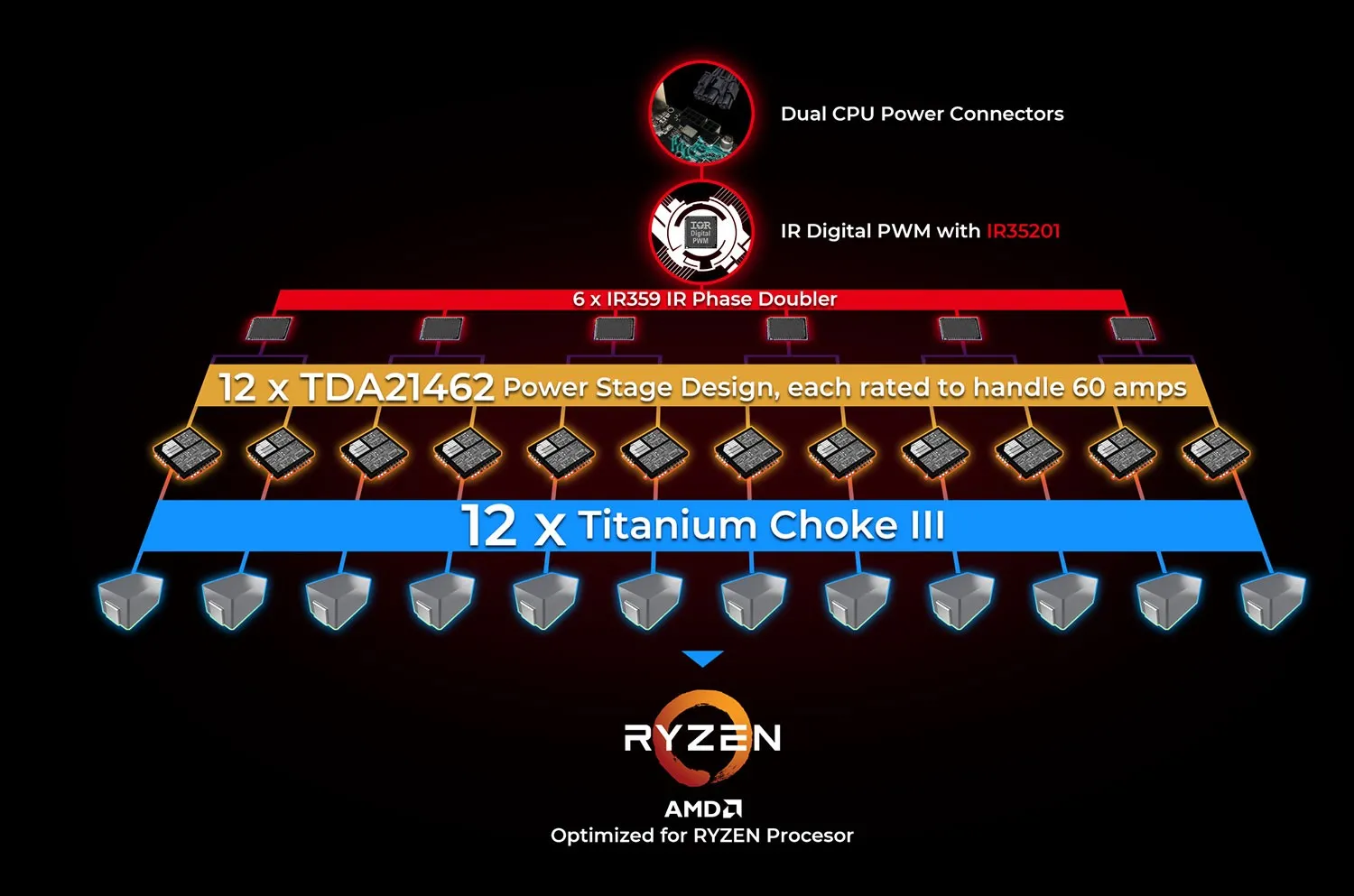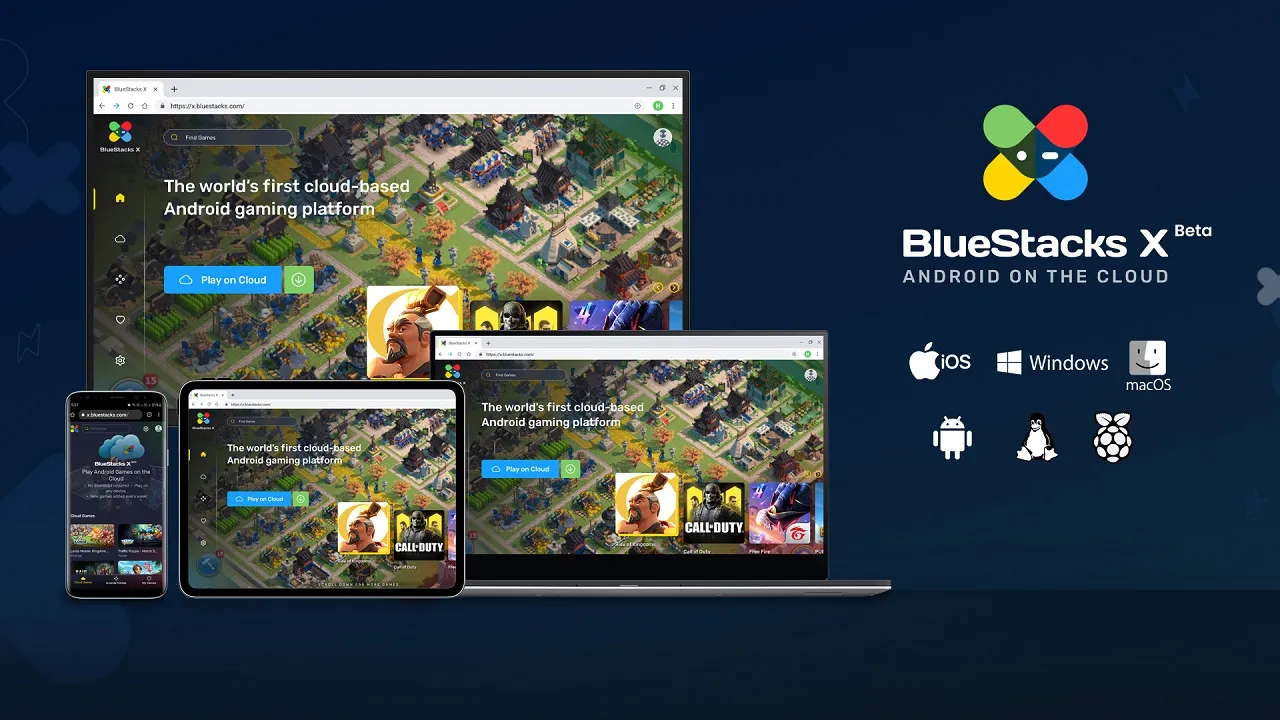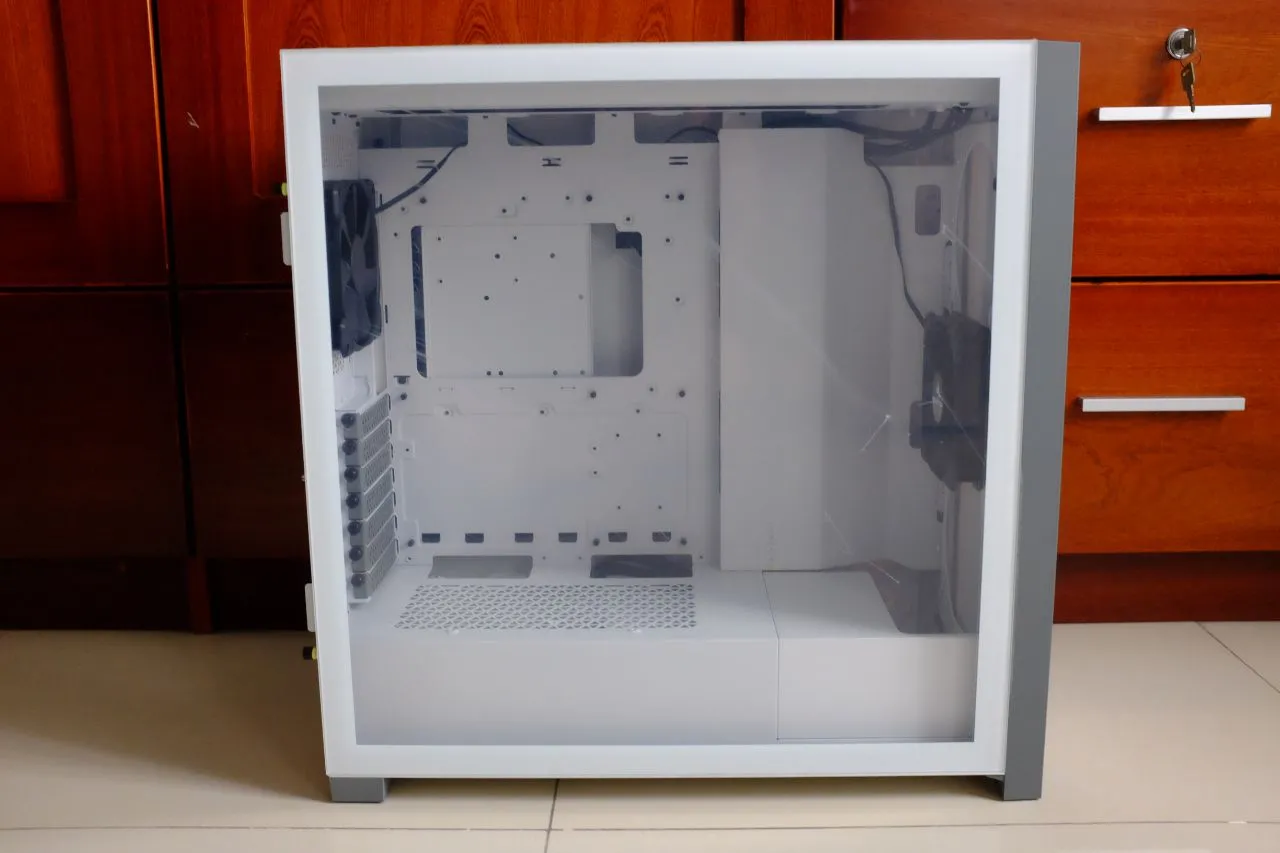
Katana Zero: A Neon-Soaked Samurai Symphony
Contents
Synthwave, an electronic music genre inspired by 1980s soundtracks and video games, perfectly captures the retrofuturistic aesthetic of that era. This resurgence of nostalgic sci-fi isn’t just a coincidence; it resonates deeply with the modern cyberpunk movement. Synthwave’s rebellious, energetic pulse, intertwined with a melancholic undercurrent, mirrors the punk ethos of new wave. This blend is perfectly exemplified in games published by Devolver Digital, known for their distinct, often retro-inspired titles, like Hotline Miami, Ruiner, The Red Strings Club, and now, Katana Zero. Despite its simple title and seemingly familiar art style, Katana Zero surpasses all expectations.
 Katana Zero
Katana Zero
A Strange Samurai
Katana Zero introduces us to a bathrobe-clad samurai, sword perpetually at his hip. He manipulates time, deflecting bullets, dispatching foes with a single slash, kicking enemies through doors, and utilizing improvised weapons with deadly precision. Sound familiar? Aside from the time manipulation, these mechanics echo the high-risk, high-reward gameplay of Hotline Miami, where a single hit means death. However, unlike Hotline Miami‘s pre-planned approach, Katana Zero emphasizes improvisation and strategic use of the time-slowing ability.
Time Bender
This time manipulation, fueled by a rechargeable “battery,” allows for precise bullet deflection and tactical decision-making in heated combat. It’s crucial for overcoming tougher enemies who require more than just a well-timed dodge and slash. The ability to slash in eight directions adds another layer of complexity, demanding precise angling to counter incoming projectiles. Downward slashes even provide a slight jump, creating another avenue for evasion.
 Katana Zero
Katana Zero
Katana Zero‘s gameplay is simple yet captivating, focusing on fluid, brutal, and improvisational combat. The satisfying feedback from enemy animations and screen shake enhances the experience. Across twelve distinct locations, the levels, while not as outlandish as Hotline Miami‘s climax, offer a fulfilling challenge.
Hunter or Hunted?
Our protagonist, the bathrobe-clad samurai, grapples with PTSD, relying on the time-altering drug Chronos to focus on his assigned missions. These missions consist of names, portraits, ages, and brief descriptions. The game never questions whether the player, or the character, has a choice in this bloody endeavor. Are these forced actions, or are they driven by the protagonist’s inner darkness? The end-of-level replays raise further questions. Are they meant for the player to admire their handiwork, or are they a “fourth wall” break hinting at a watchful presence?
 Katana Zero
Katana Zero
Katana Zero‘s narrative, while less ambiguous than Hotline Miami‘s, is delivered with remarkable subtlety. Interrupted dialogues and abruptly ended phone calls showcase the protagonist’s impatience. The time-rewinding mechanic, integral to gameplay, also reflects the protagonist’s fragile mental state and superhuman reflexes.
A Dream Interrupted
The story is punctuated by surreal violence, human ugliness, and a cynical take on the concept of “power comes with responsibility.” This dark narrative unfolds amidst vibrant yet delicate pixel art and a soundtrack that mirrors the frenetic action, only calming when the bloodshed ceases. Katana Zero‘s essence is most potent when the player is fully immersed, when the screen is splashed with crimson.
 Katana Zero
Katana Zero
With its compelling gameplay, narrative, visuals, and sound, what could possibly hold Katana Zero back? Unfortunately, it stumbles at the finish line. The game’s serious and compelling narrative ends abruptly, like a song cut short. It’s the conclusion of a first chapter, leaving key plot points unresolved, presumably for future installments. If Katana Zero‘s experience is a smooth river, its ending is a jarring logjam.
 Katana Zero
Katana Zero
Game Information
- Developer: Askiisoft
- Publisher: Devolver Digital
- Genre: Action
- Release Date: April 18, 2019
- Platforms: PC, Nintendo Switch
Minimum System Requirements
- OS: Windows 7, 8, 8.1, 10 x64
- CPU: Intel Pentium E2180 (2 * 2000) or equivalent
- RAM: 1GB
- VGA: GeForce 7600 GT (256 MB)
- HDD: 200MB
Tested System Configuration
- OS: Windows 10 Pro 64-bit
- CPU: Intel i3 4170 3.7Ghz
- RAM: 8 GB
- VGA: ASUS ROG STRIX RADEON RX 570 4GB
- HDD: 1TB





Comments (0)